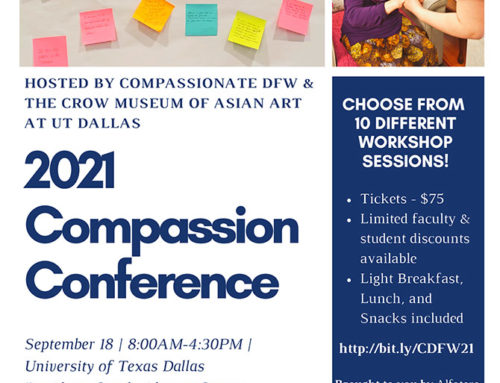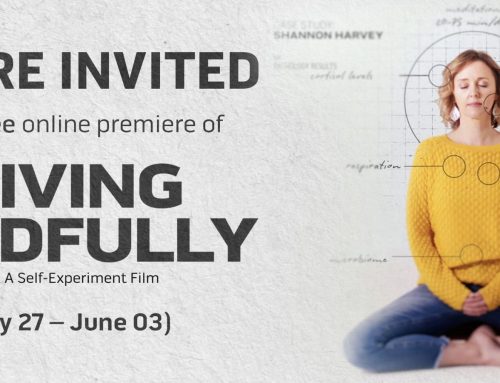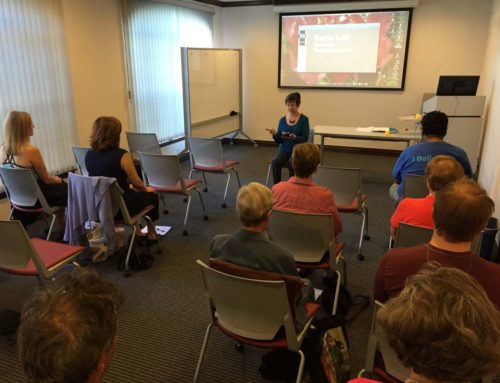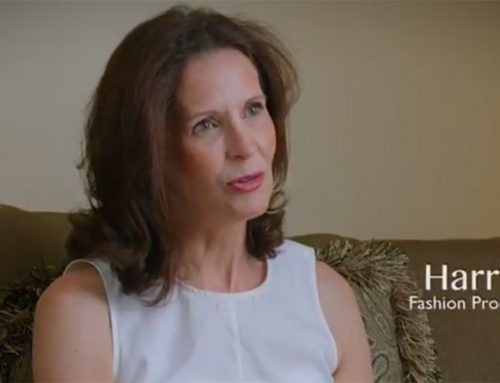 I recently read an article in which the author claimed that during the first ninety seconds of a play therapy session, children convey their emotional states. This may seem hard to believe since children don’t have a strong command of language. In fact, younger children are just developing words and other skills for communication. How is it possible, then, that with limited vocabularies, children are able to communicate their states of well-being in less than two minutes?
I recently read an article in which the author claimed that during the first ninety seconds of a play therapy session, children convey their emotional states. This may seem hard to believe since children don’t have a strong command of language. In fact, younger children are just developing words and other skills for communication. How is it possible, then, that with limited vocabularies, children are able to communicate their states of well-being in less than two minutes?
The answer is play. Just as adults utilize words to convey information, children communicate using toys as words and play as language. Play therapy, then, is a mode of psychotherapy specifically developed to utilize the child’s language of play. A play therapist is well trained in child development, attachment, as well as therapeutic play, and works in conjunction with a child to explore and express experiences in the child’s life through play.
The process begins with an intake session in which all relevant information is discussed between the child’s caregivers and the therapist. In addition, a treatment plan is created. Sessions are typically 30-45 minutes with varying frequency. However, most clients discover treatment moves quicker with weekly sessions.
Play therapy is designed mostly to help children age three to twelve years old (however, I have found it useful in certain circumstances with adolescents as well as adults). This mode of psychotherapy is effective for treating a wide range of issues. The most common reasons parents bring their child to see me are:
- Behavioral concerns (hyperactivity, defiance, relationship issues with peers)
- Major life transitions (divorce, chronic or sudden illness, grief)
- Trauma (stressful experiences, natural disasters, abuse)
There are two primary types of play therapy: nondirective and directive. Nondirective, or child centered play therapy, is based on the principle that children are inclined to choose play materials and enact play behaviors which will enable them to resolve their own difficulties. Children are given the freedom to play with limited directions from the therapist. Directive play therapy, on the other hand, uses more input from the therapist to help speed up results. In my practice, I find both of these approaches effective and utilize either depending on the circumstances.
As a play therapist, I have seen the effect of play therapy with many children. Behaviors of concern are diminished. Other benefits include: increased confidence, insight into emotions and healthy expression of feelings, as well as improved social and decision – making skills. That is the power of play.






